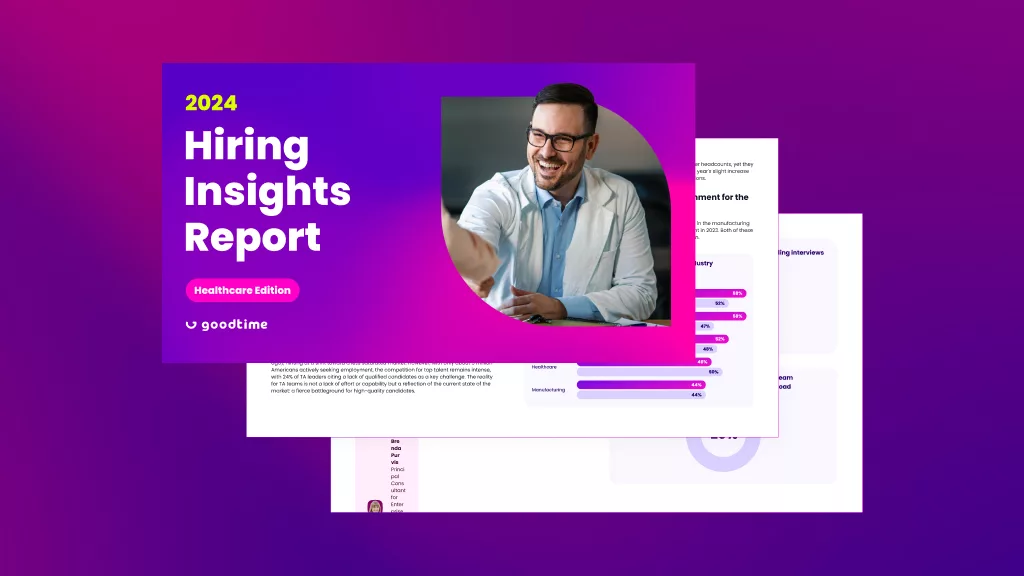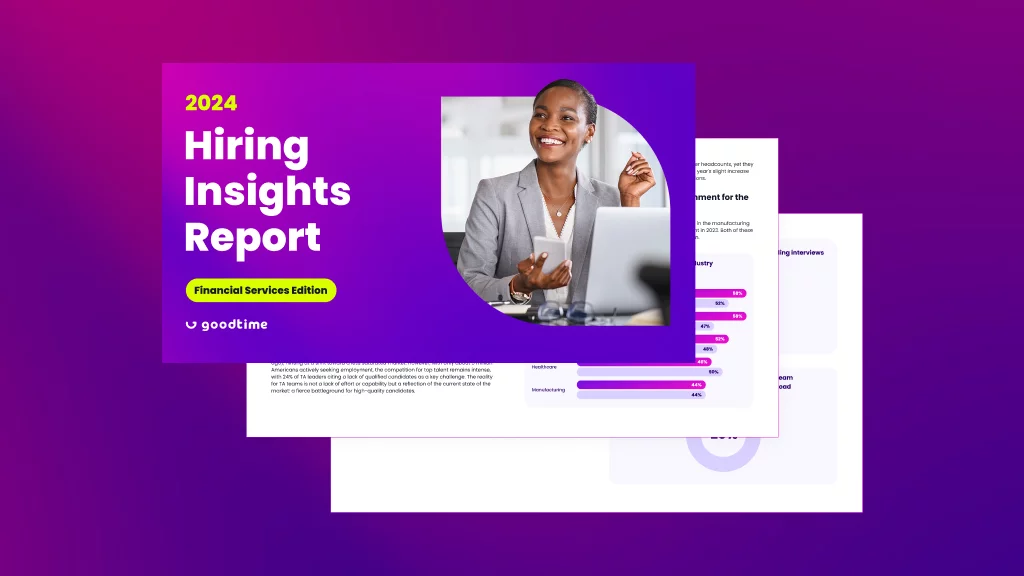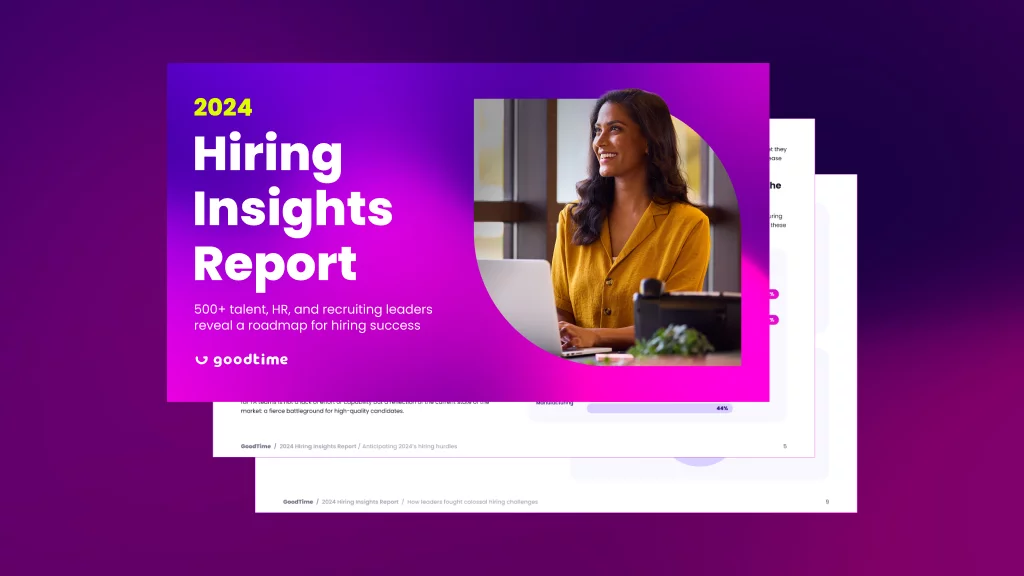
The Software Report has named GoodTime in its annual ranking of the world’s Top 100 Software Companies for 2024, recognizing GoodTime’s innovation, growth, and leadership in transforming talent acquisition.
November 20, 2024, SAN FRANCISCO
GoodTime, a leading provider of human-centric AI for talent acquisition teams, is honored to announce its inclusion in The Software Report’s list of the Top 100 Software Companies for 2024. The award celebrates GoodTime’s innovative contributions to talent acquisition technology, its robust growth trajectory, and its overall leadership in the space.
The recognition highlights GoodTime’s continued commitment to helping enterprise talent teams orchestrate better hiring experiences through human-centric AI. Recent innovations, such as the Experience+ suite, introduce an Advanced Candidate Portal, an Interviewer Portal, and AI-Assisted Scorecards, enabling teams to work smarter and stay focused on what matters most: building great teams. These features expand on GoodTime’s proven ability to handle complex and high-volume interview scheduling challenges, enabling organizations to streamline their operations and hit their ambitious hiring goals.
“We’re incredibly honored to be recognized as one of the top software companies of 2024,” said Ahryun Moon, CEO of GoodTime. “Our vision is to be the vital orchestration layer in the talent acquisition tech stack, enabling teams to monitor and improve not only their hiring efficiency but also the experiences of their candidates and hiring teams. Those experiences are key to building world-class workforces, and this recognition inspires us to continue innovating to help our customers attract and hire the world’s best talent.”
GoodTime was selected for the Top 100 ranking after a thorough evaluation of its software capabilities, growth, and leadership. The Software Report, a trusted resource for software industry professionals, recognizes companies making strides in innovation and quality within the software ecosystem.
About GoodTime
GoodTime elevates the entire hiring experience with human-centric AI, all while automating 90% of interview management tasks. Trusted by global talent teams at companies like HubSpot, Spotify, Priceline, and Lyft, our platform not only automates interview scheduling but also keeps candidates and interviewers deeply engaged throughout the hiring journey. Gain access to powerful insights and AI-driven recommendations to streamline processes and ensure every interviewer is always well-prepared. The result? Exceptional hiring experiences that consistently land you top talent.
Learn more at goodtime.io.
Media Contact
For more information or to arrange an interview with Ahryun Moon, please contact:
Jake Link













